Trans-Allegheny Lunatic Asylum
TRANS-ALLEGHENY LUNATIC ASYLUM
The Trans-Allegheny Lunatic Asylum, constructed between 1858 and 1881, is the largest hand-cut stone building in the western hemisphere. This haunting Gothic structure was the end of the line for West Virginia's insane for 150 years. There are nine acres of wards crowned by a looming 200 foot clock tower. The asylum's massive walls hold terrifying tales of civil war raids, arson, abuse, murder and suicide. (1)
“It was designed by the renowned architect Richard Andrews following the Kirkbride plan, which called for long rambling wings arranged in a staggered formation, assuring that each of the connecting structures received an abundance of therapeutic sunlight and fresh air”. You can read more about the Kirkbride Buildings here. To me this building seemed like a castle or palace from the outside and a prison from the inside.


"Enter The Asylum"
The original hospital, designed to house 250 souls, was open to patients in 1864 and reached its peak in the 1950's with over 2,400 patients in overcrowded and generally poor conditions. Changes in the treatment of mental illness and the physical deterioration of the facility forced its closure in 1994 inflicting a devastating effect on the local economy, from which it has yet to recover. (2)
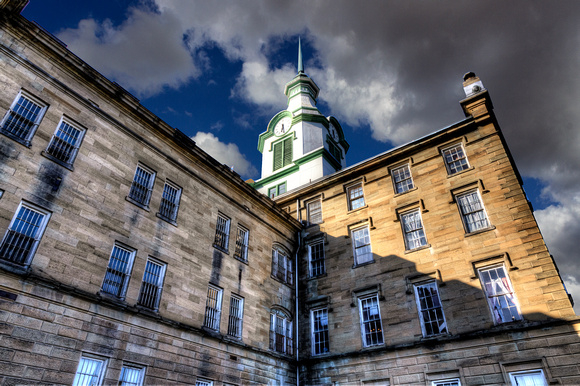

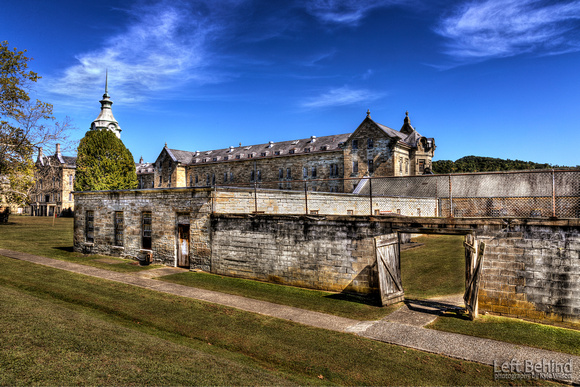

Reasons for admission into a 19th Century Asylum could be quite bizarre. The length of the list and the reasons are part of what makes this place famous. A great number of the original reasons for admission were due to sex related issues; of particular concern was sex with one’s self. In the nineteenth century masturbation, in all its forms, was thought to be a major cause of insanity. That list can be seen here.
I have a dilemma here; I want to tell y’all ALL about this amazing building and the history of it and its patients. But I am a photographer not a historian or a tour guide. I strongly encourage y’all to travel to Weston. WV and take one of the many tours offered of the Trans-Allegheny Lunatic Asylum.
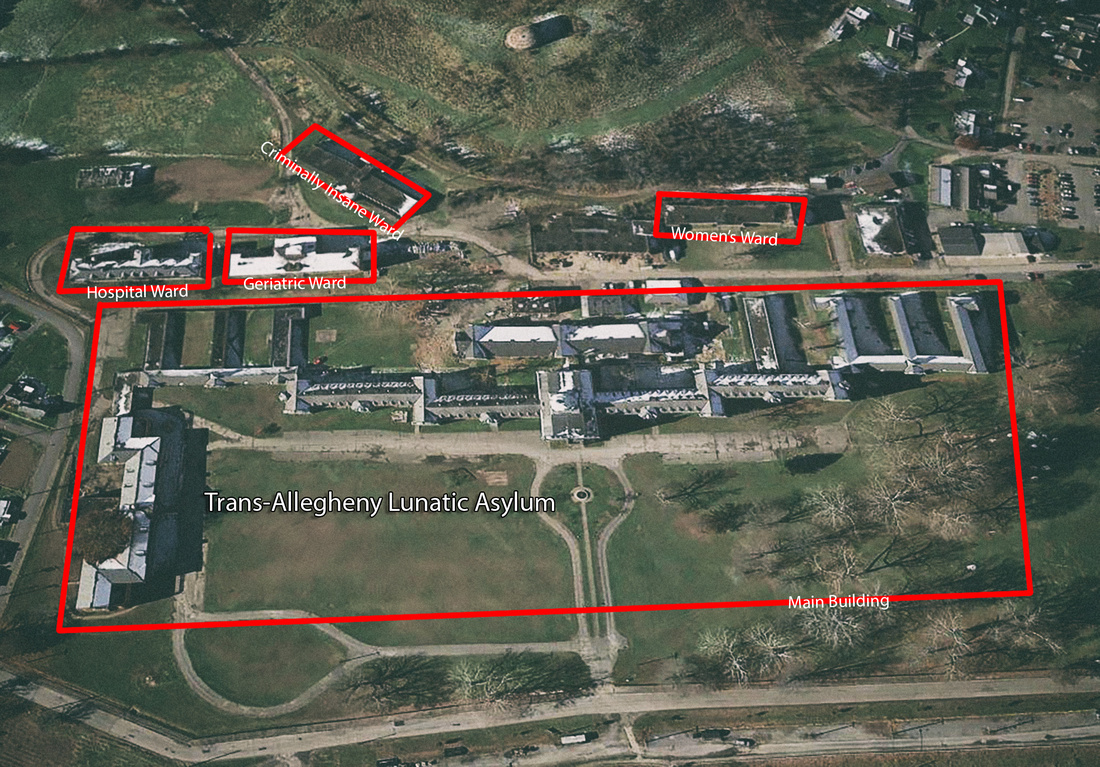

I started my tour in the Women’s Ward.
This building is in the roughest shape and was one of the more interesting areas. All the furniture and fixtures were gone and much of it was in various stages of collapsing; only Photography and Haunted Tours are allowed in this building. It really challenged my photographic skills to compose and create images that ‘told a story’, especially because of the lack of artificial light.
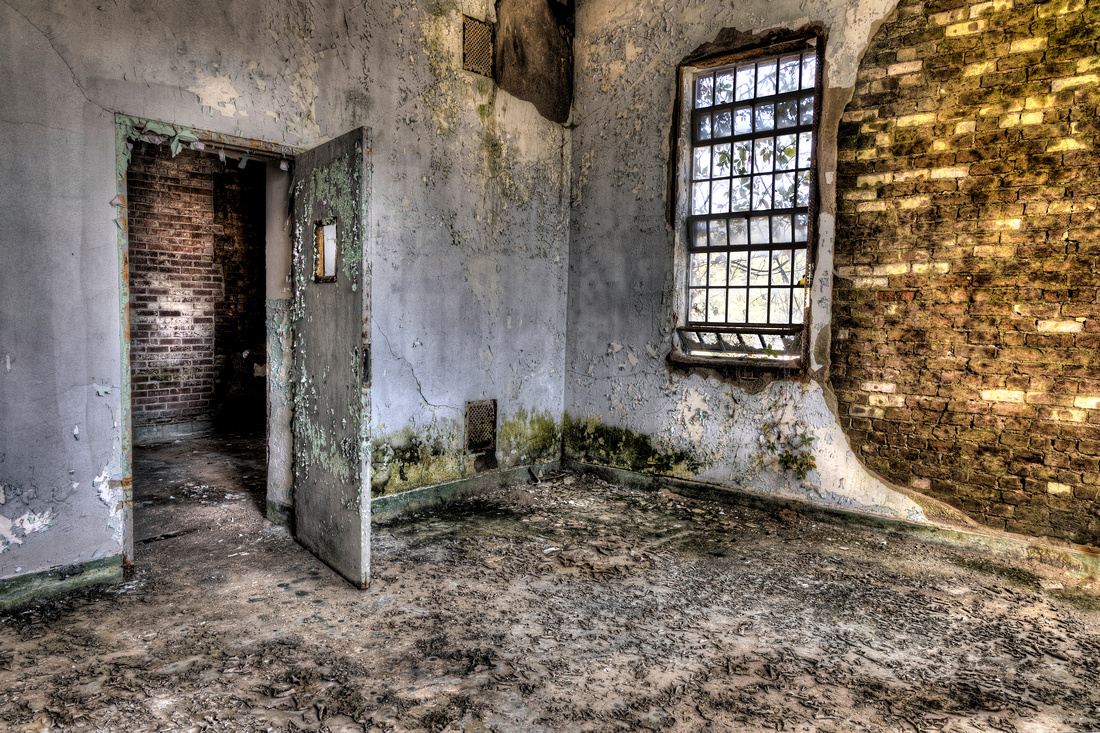

"The Lost Room"
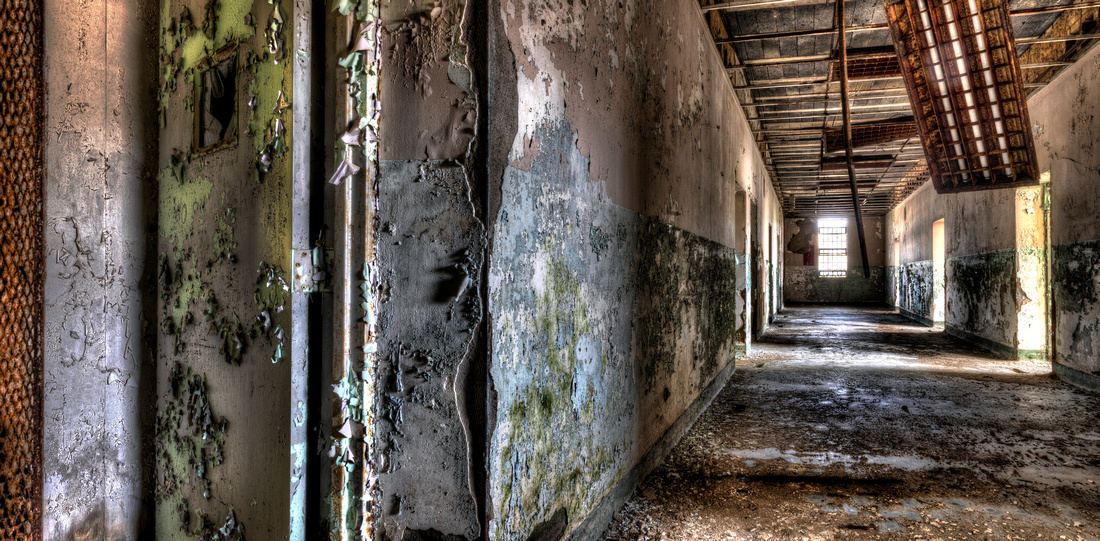

"Women's Ward, Fourth Floor"
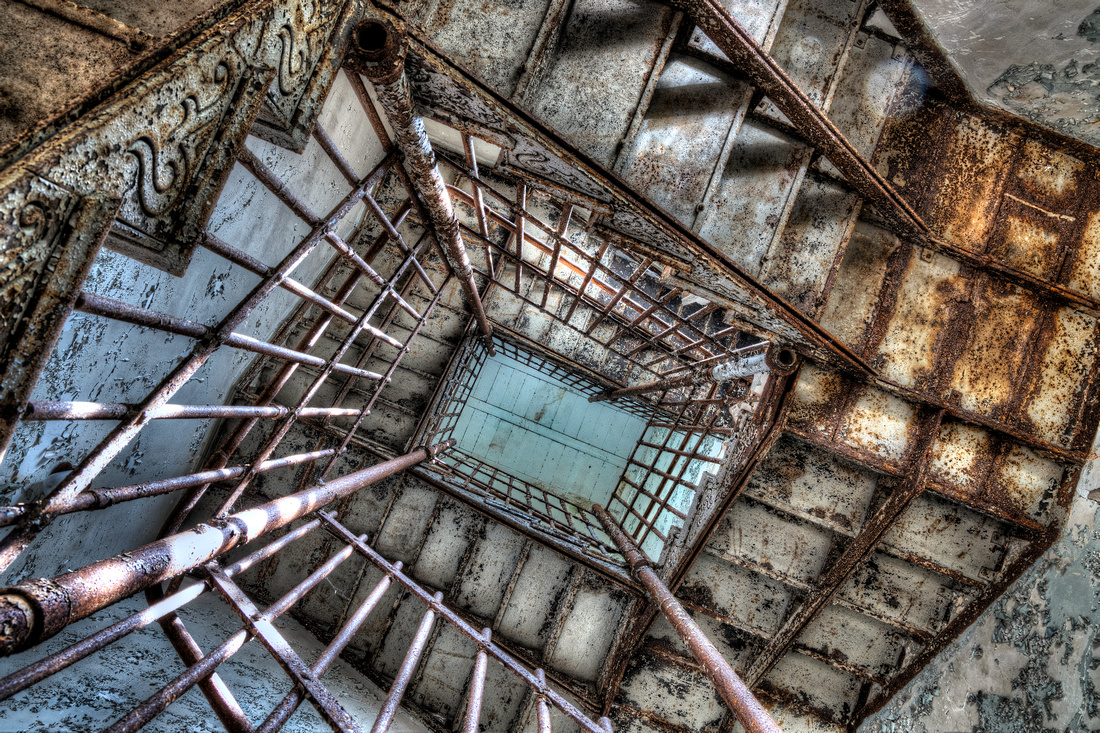
 "Disorientated"
"Disorientated"
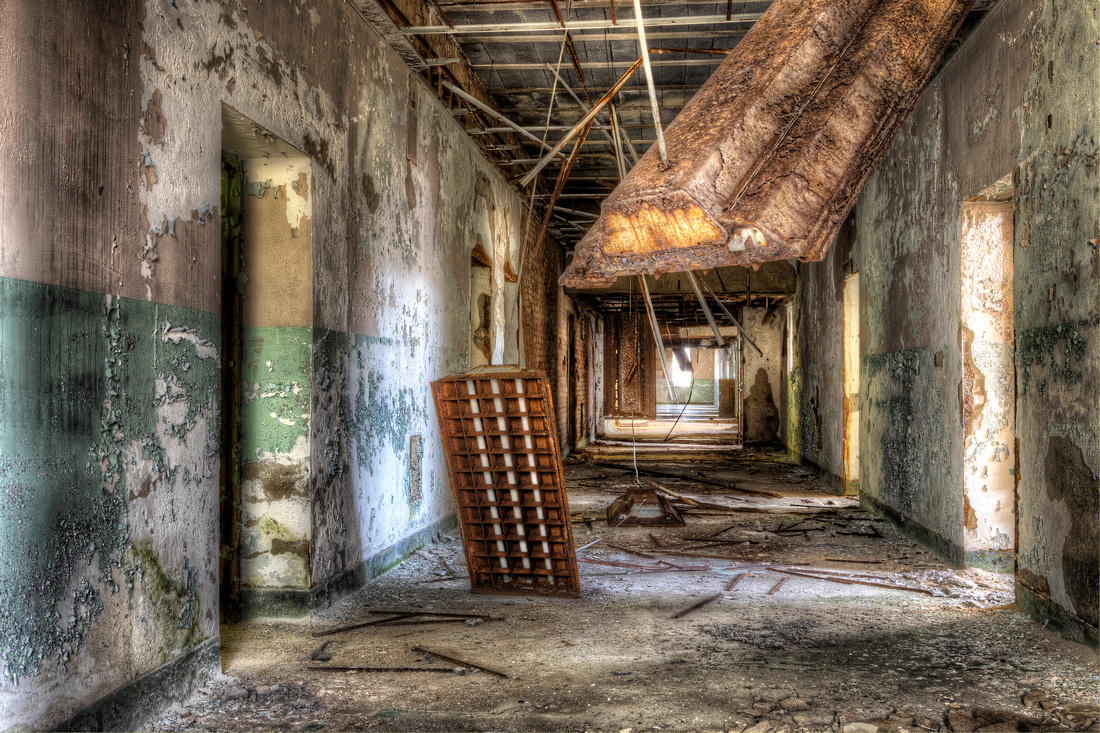

"Living Walls"
I happen to love the feel of this room, of this photo....


"Room 47"
After this fascinating building I was led to the Forensics Building,
though it became known as the Criminally Insane Ward. This building was built in 1949 and housed the hospitals most violent and dangerous criminals and legend has it that there is/was a tunnel from the Weston City Jailhouse that leads to the basement of the jail. Those convicted of the violent crimes would be transported underground directly to this ward.
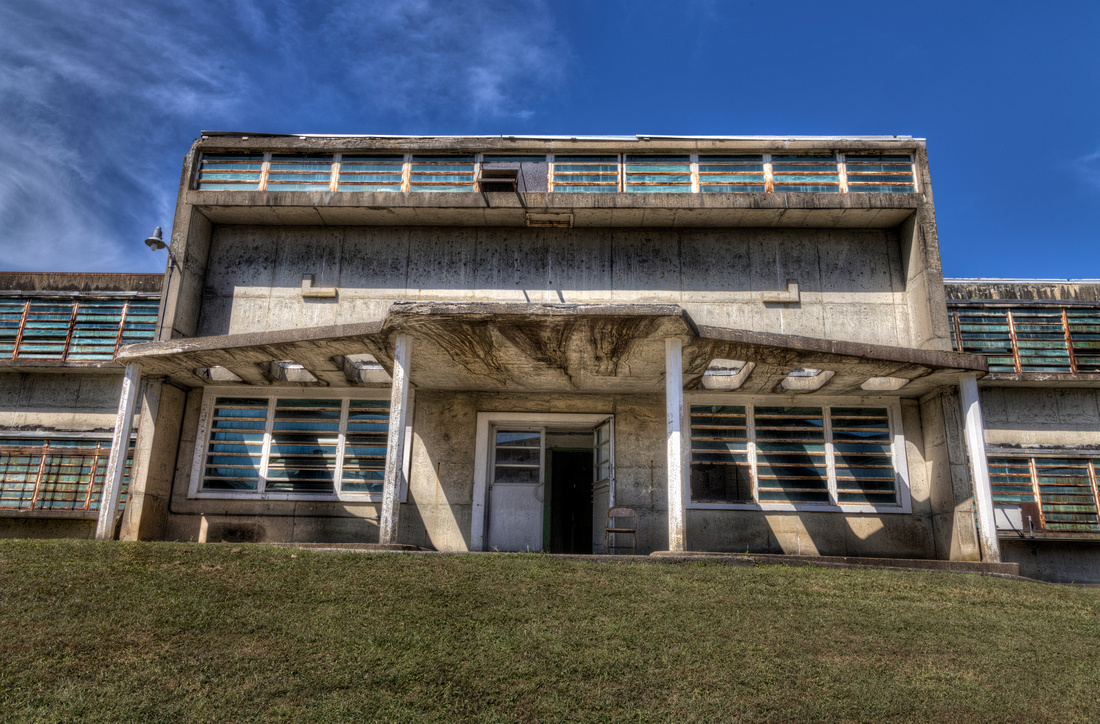
 Right away I knew this building was not like the others I had seen on these grounds; security and confinement seems to be the top priority here.
Right away I knew this building was not like the others I had seen on these grounds; security and confinement seems to be the top priority here.
This is how visitors would communicate with 'inmates' of this ward;
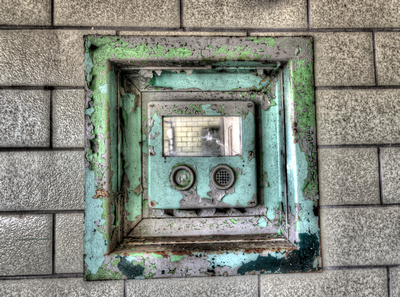

Below is where the guards/attendants would be stationed to keep eyes on the inmates as well as to remain safe:


These windows, stained with rust and age, were what these truly Lost Souls look through for years and years. This building housed the most "lost" and forgotten of this asylum, the criminally insane.
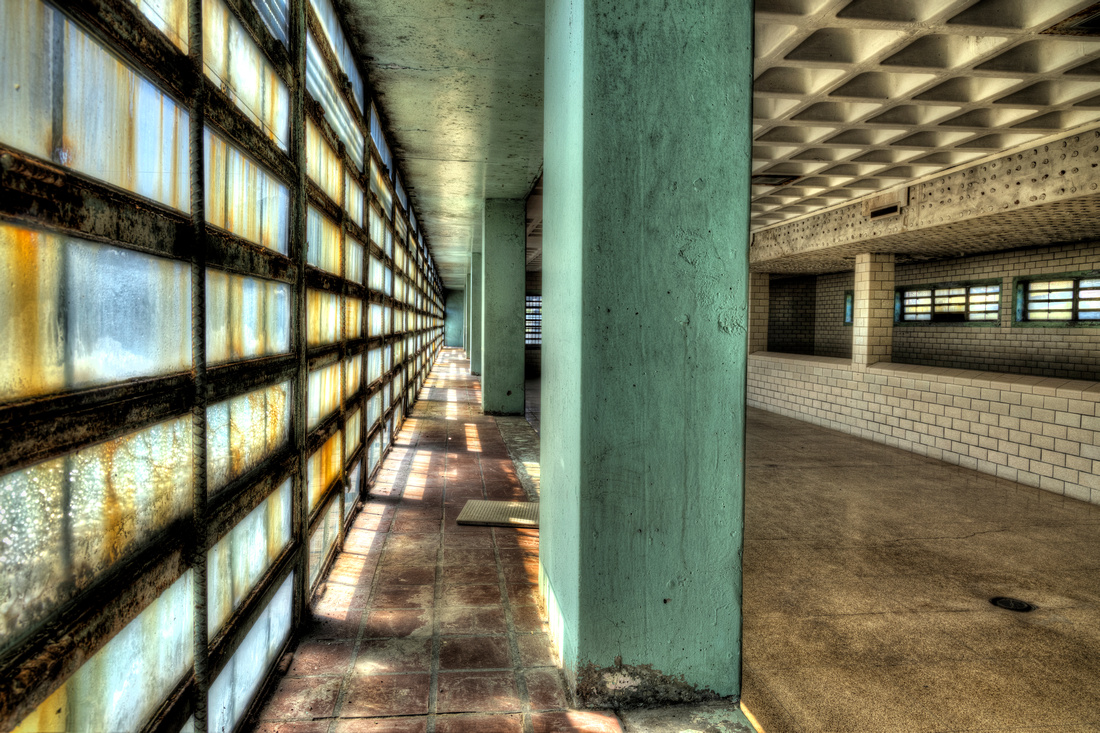

"Cathedral Of Lost Souls"
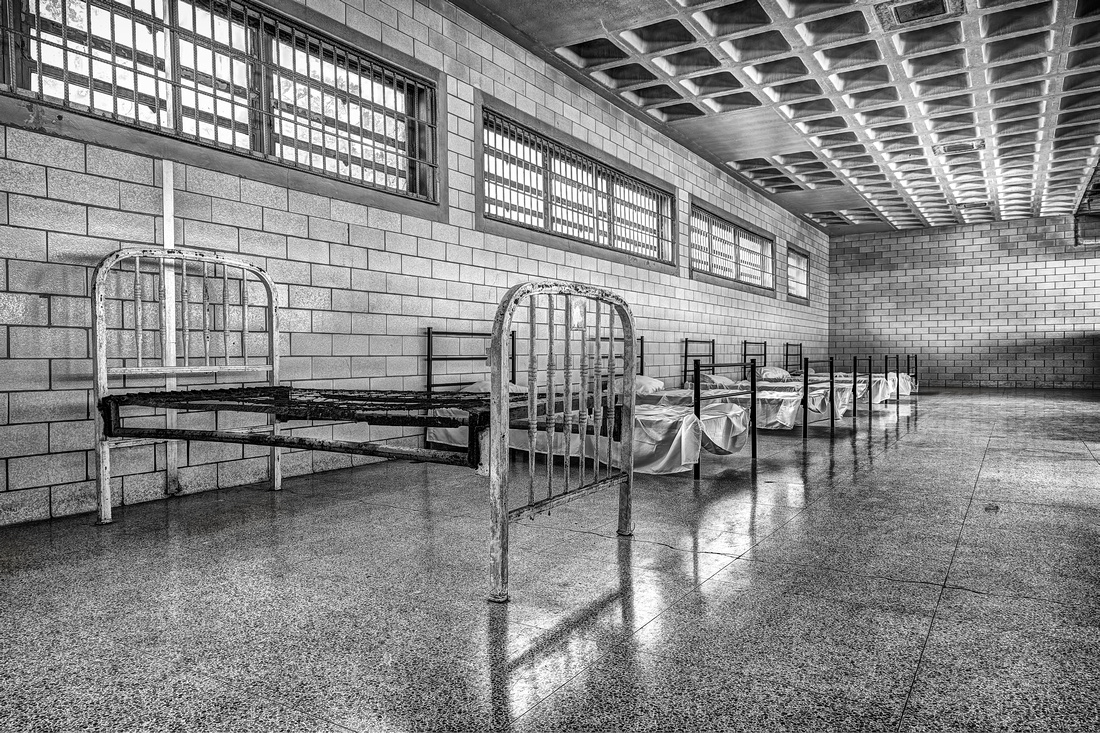
 Only a few beds remain, but one can imagine.....
Only a few beds remain, but one can imagine.....
Around 1949 the patient population reached over 1800, it was designed to hold 710, overcrowding had reached a crisis level. Patients were sleeping in halls and common areas. Rooms intended for productive activities were forced to become dorms with dozens of beds a few feet apart (as seen above). As a rule, the more disturbed the patient, the further away from the center section he or she would be. The center section was open to the public and only model patients were allowed in this area. The staff kept the worse cases as far away as possible thus shielding visitors from unpleasant sights, sounds, and smells. (2)
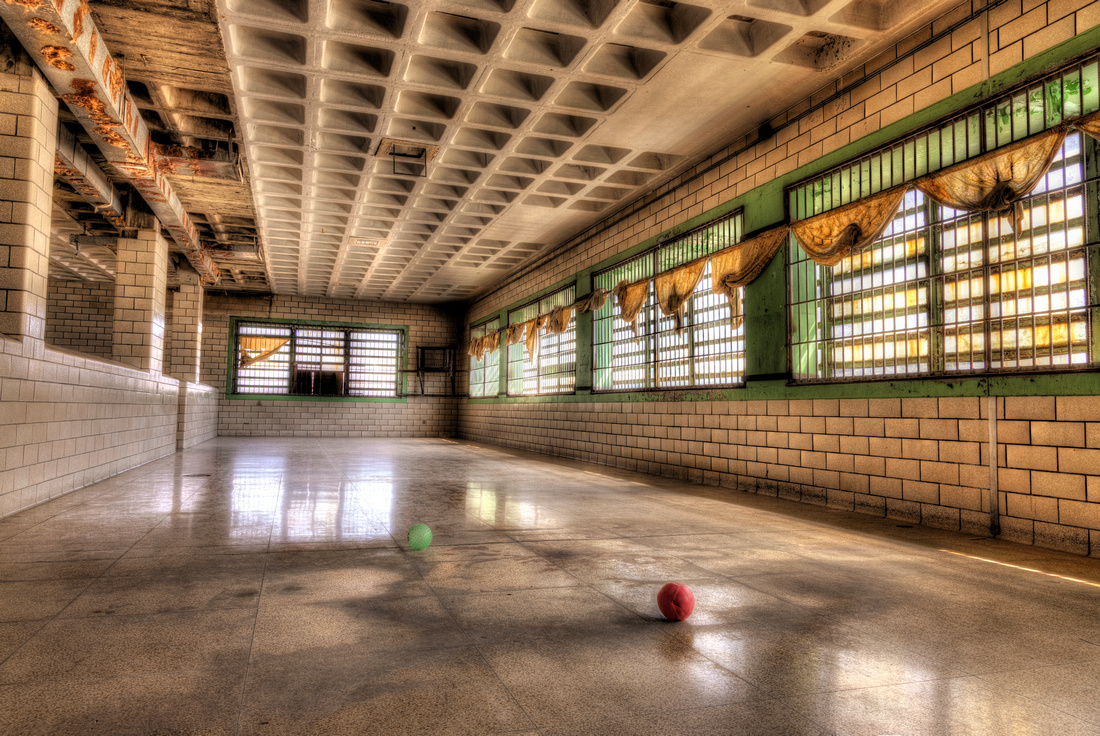

"Ball Room"
This room in the Criminally Insane Ward was meant to be a space for recreation, activities, and rehabilitation efforts. But because of severe overcrowding it became packed with patient's bunks just a few feet apart.
Next was the Geriatric Ward.
The first interesting this I saw was this little “beauty salon”.
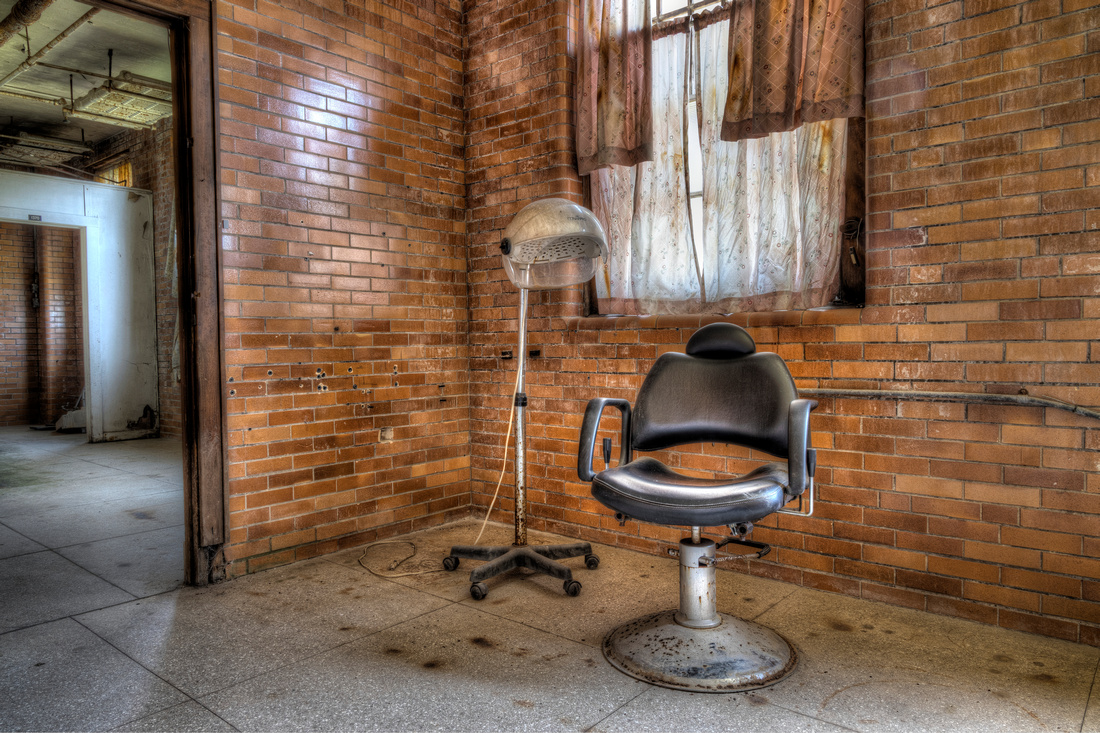

"No Appointment Necessary"
A salon chair and dryer sit unused in the geriatric wing of the Trans-Allegheny Lunatic Asylum. It is nice to think that the elderly patients could have gotten their hair "done" from time-to-time.
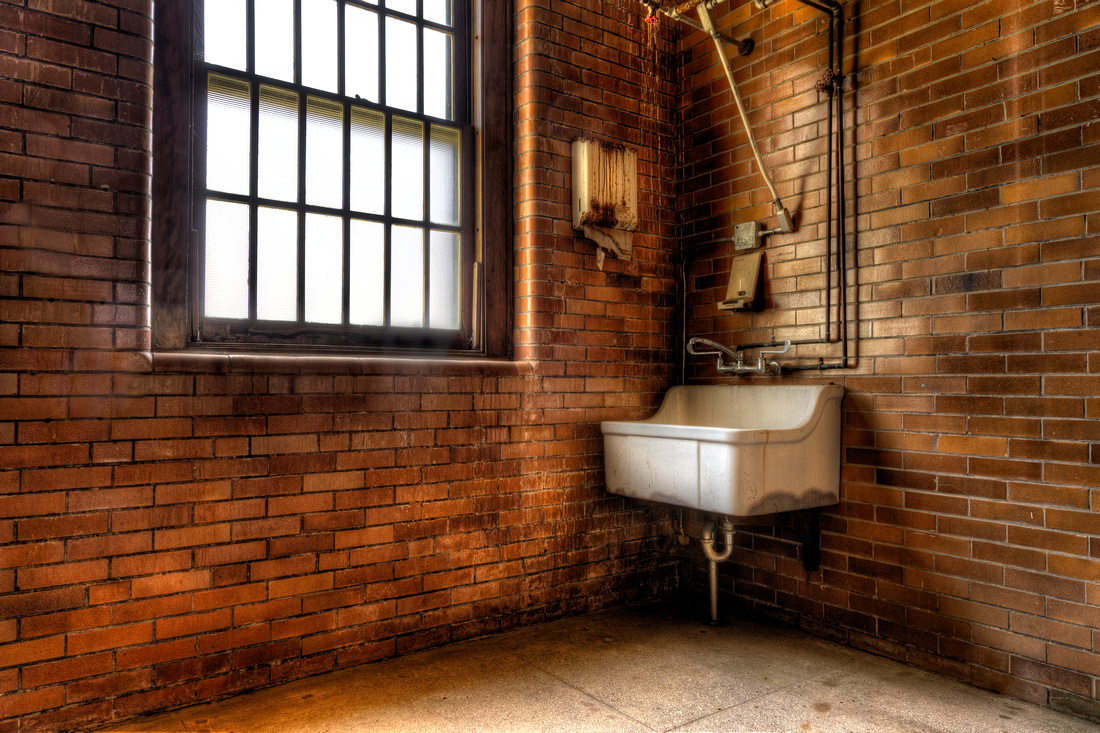

"Wash Your Hands"
Shockingly right across from the little salon was a morgue. Yes a morgue. And from what I was told, the morgue was hidden from the patients in this ward. Bodies would be brought in through a “secret passage” that was blocked off so patients could not see them being brought in. This room was one of the creepiest in the whole facility
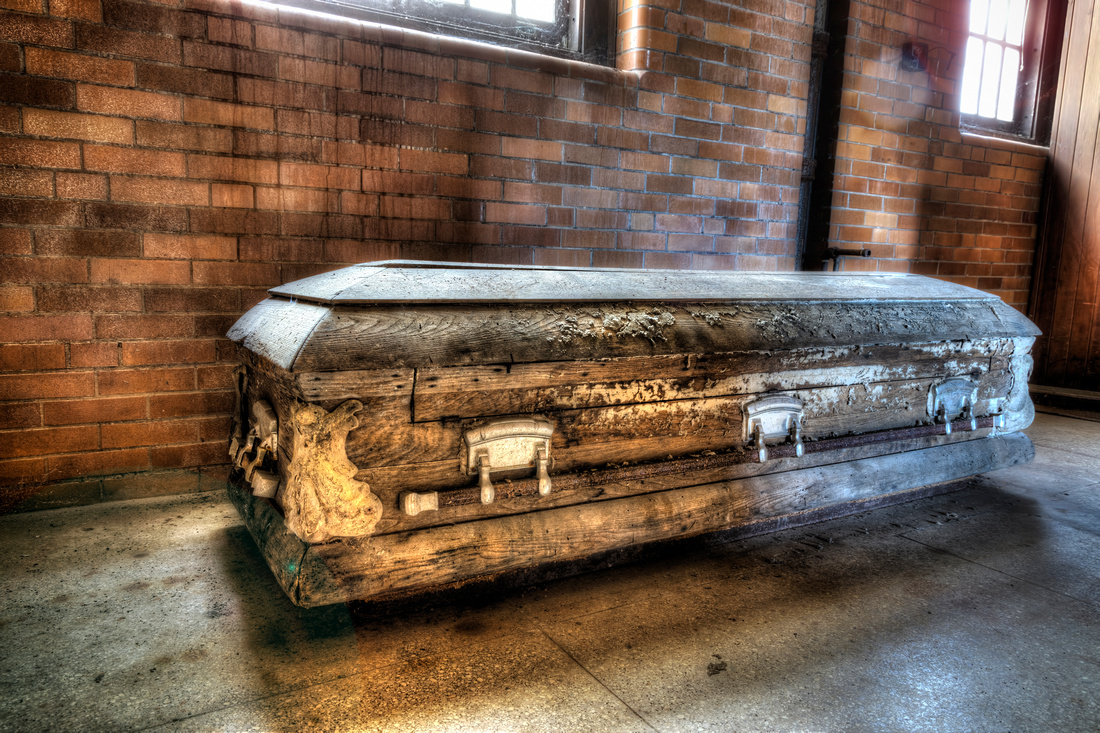

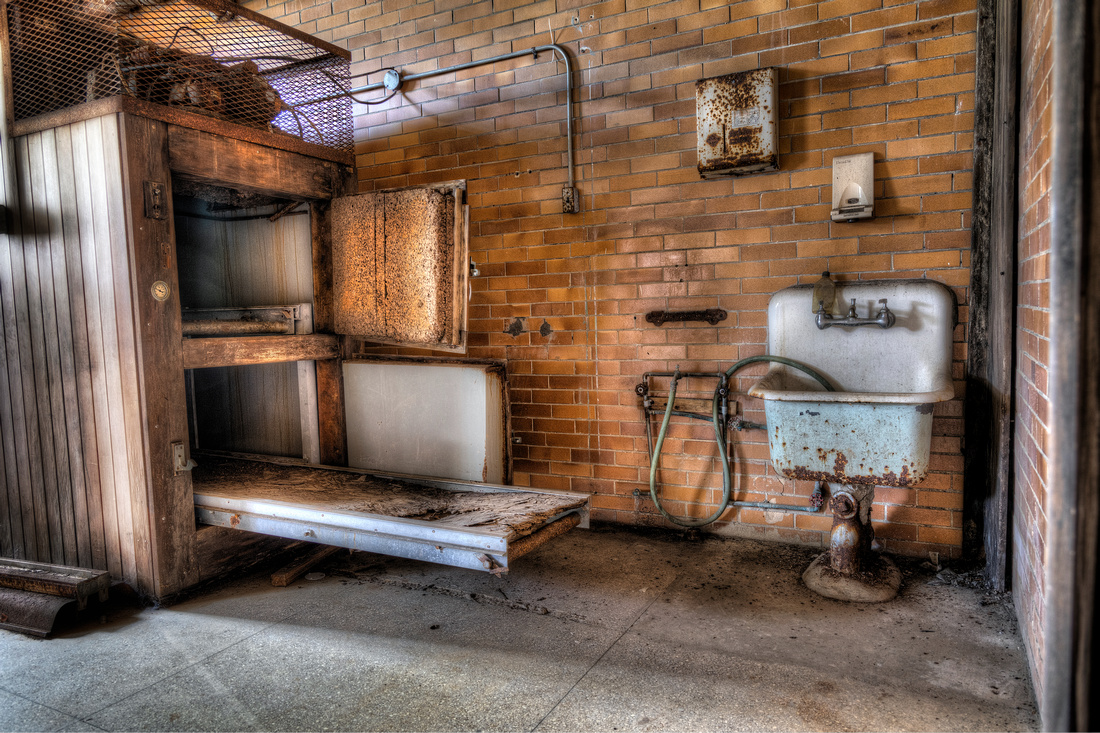

Most of the ward was void of scenes like the above, it was mostly empty hallways and many, many doors.....
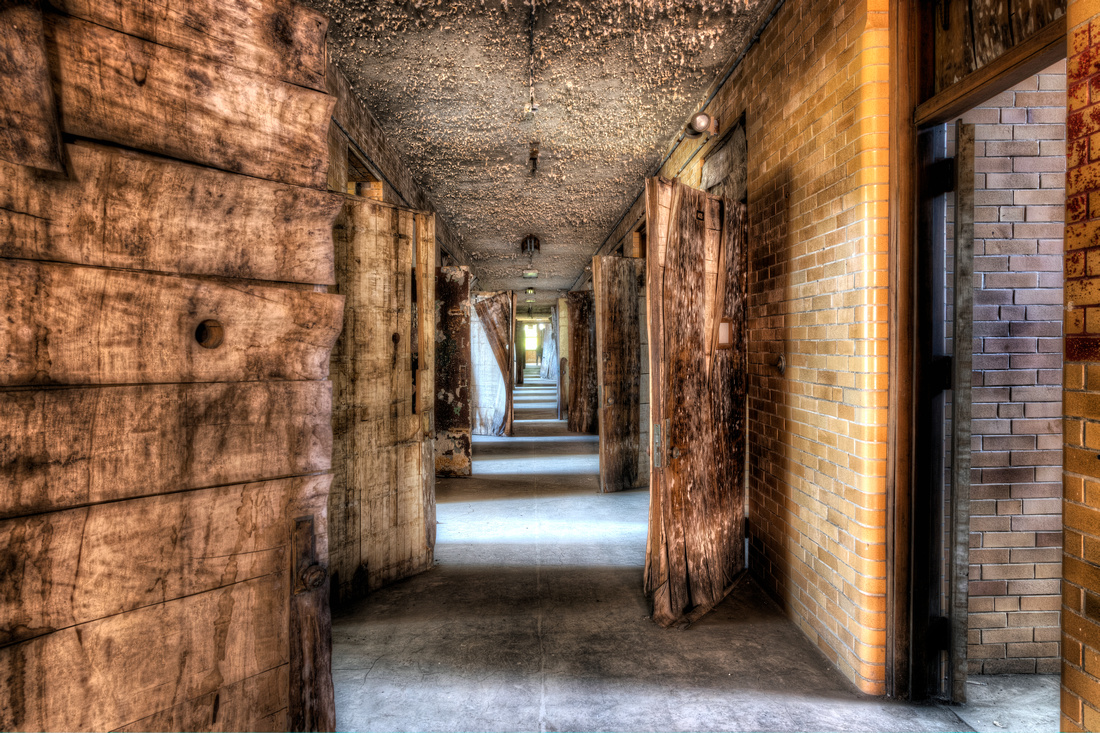

The lighting and my time constraints made shooting this day a challenge. I could not just shoot everything and then decide on ‘the keepers’ later, there was not time to photograph every inserting scene or subject. I had to decide quickly if ‘there was a story here’ and then quickly compose my shots and then move on. The lighting and texture throughout this grand facility perfectly led themselves to my style of photography: HDR. I could not imagine getting usable photos here without the use of High Dynamic Range photography and its ability to capture all of the available light to create and more lifelike and realistic image. Since I could not take y’all with me this day I find that HDR is the next best thing to “being there”!
From there it was a quick walk to the Medical Ward.
This large sunny room was once bright and cheerful. It was designed as a space where family and friends could visit the mentally in-firmed at the Trans-Allegheny Lunatic Asylum; with 4 separate little spaces one could imagine this as a lively and quaint area.
However the patients here did not get many visitors, if any, after they were committed. Mostly the only visitors were gawkers and curiosity seekers who wanted to see the "lunatics of West Virginia"
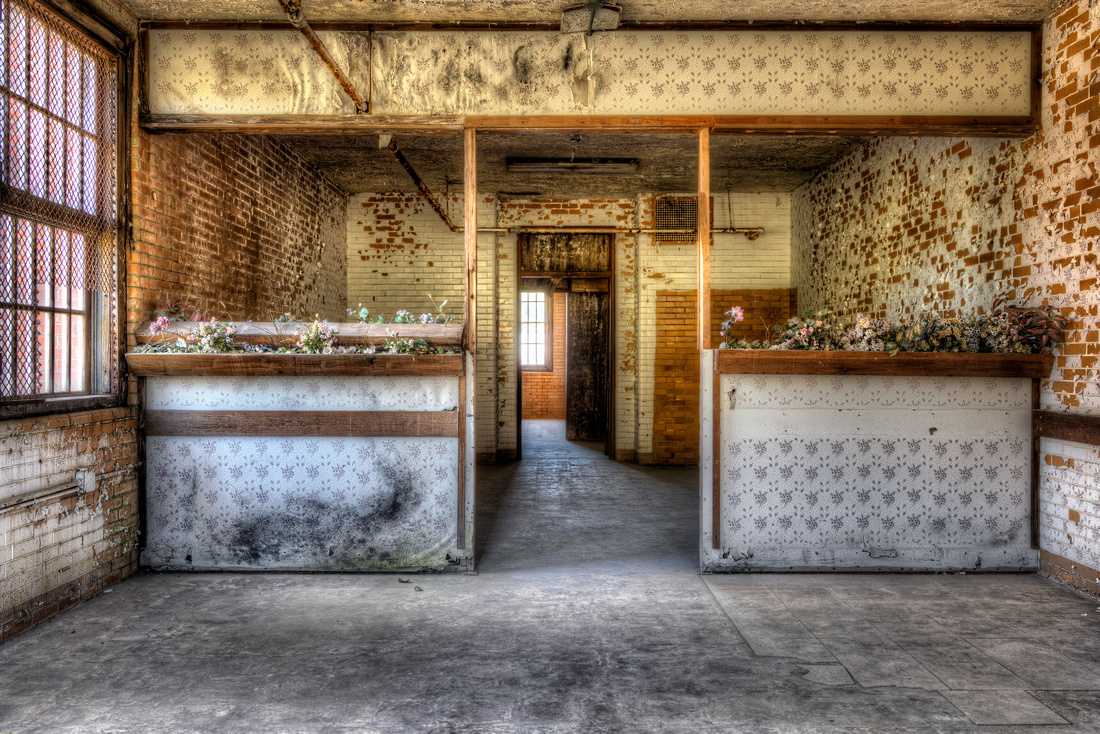

"Visitation Room"
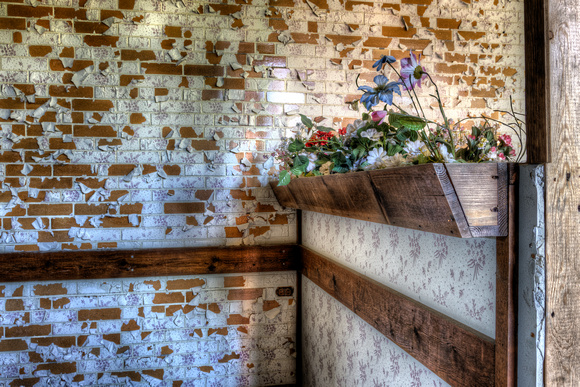

Some medical coats still hanging on the wall....
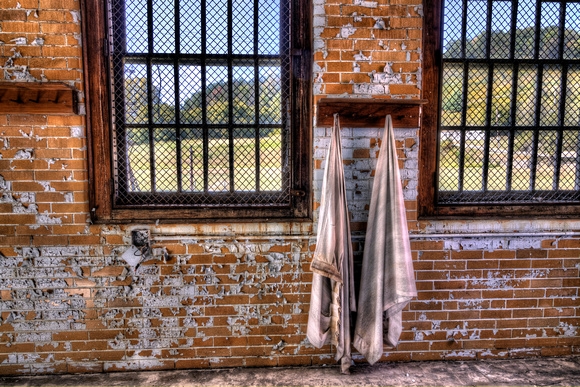

A small 'Commissary' was a cool find....
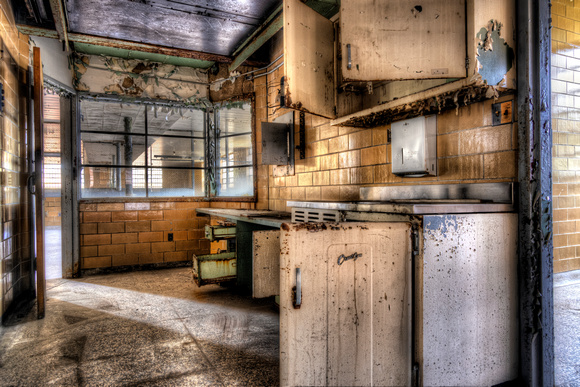

ONWARD TO THE MAIN BUILDING!
“Despite being designated as a National Historic Landmark in 1990, the hospital has deteriorated to the point where its very survival is threatened. The entire facility and 300 acres were privately purchased in August of 2007 and renamed Trans-Allegheny Lunatic Asylum (TALA) from The Weston State Hospital. We are committed to restoring TALA to its former grandeur, thus reviving the local economy and preserving an important piece of American history.”
~Trans-Allegheny Lunatic Asylum (1)
A few areas in the center of the building have been restored to resemble late 19th Century décor and how it would have looked during its operation. Some of the nurse’s quarters, Doctor’s quarters, and other rooms have been restored to period era furniture and decor. I think the caretakers of this property have done an outstanding job of restoration to the 1870's. Though the vast majority of this large complex has been left in an abandoned state, just the way I like it.
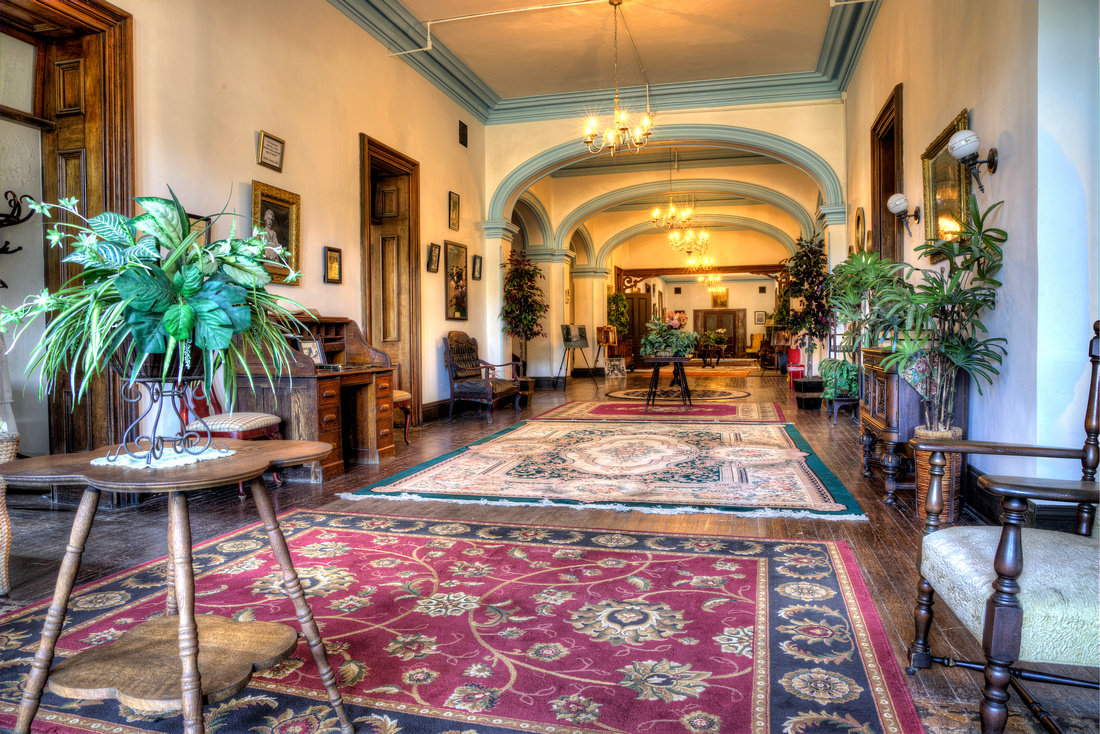

Patient ward of the Main Building This would be one of the hallways that visitors would see and also where many of the DR's and administrators would have offices and living quarters. I can almost envision staff telling family members “Your loved one is in good hands now; we will take good care of him/her. Just look around and see how lovely this hospital is maintained.”
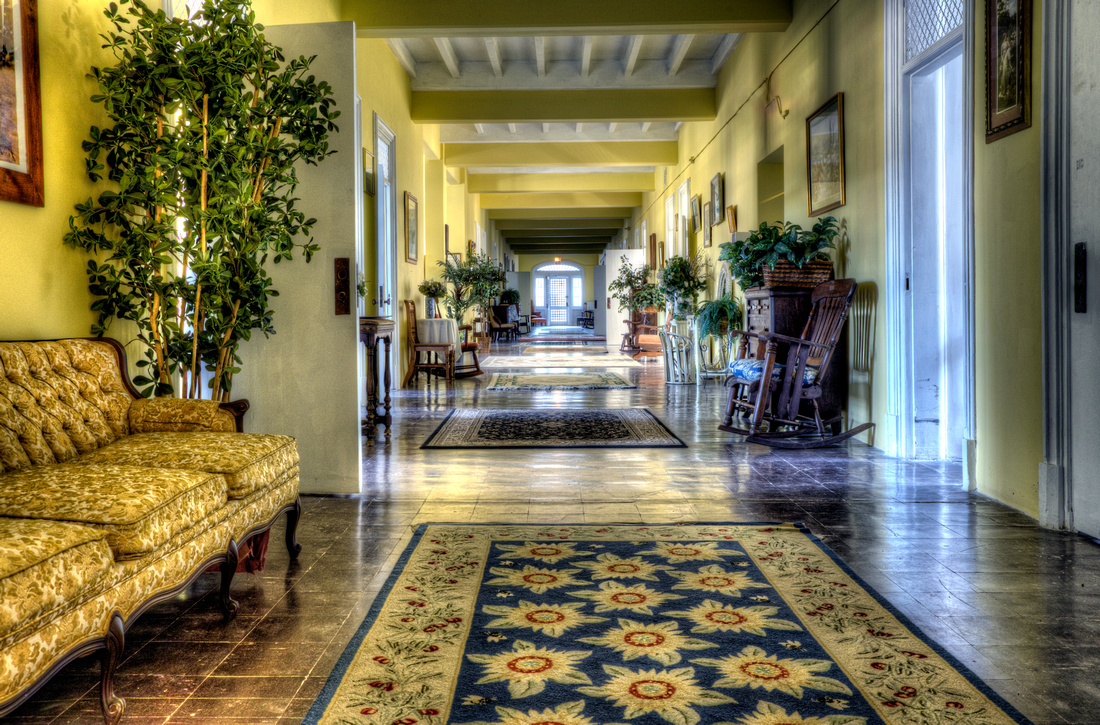

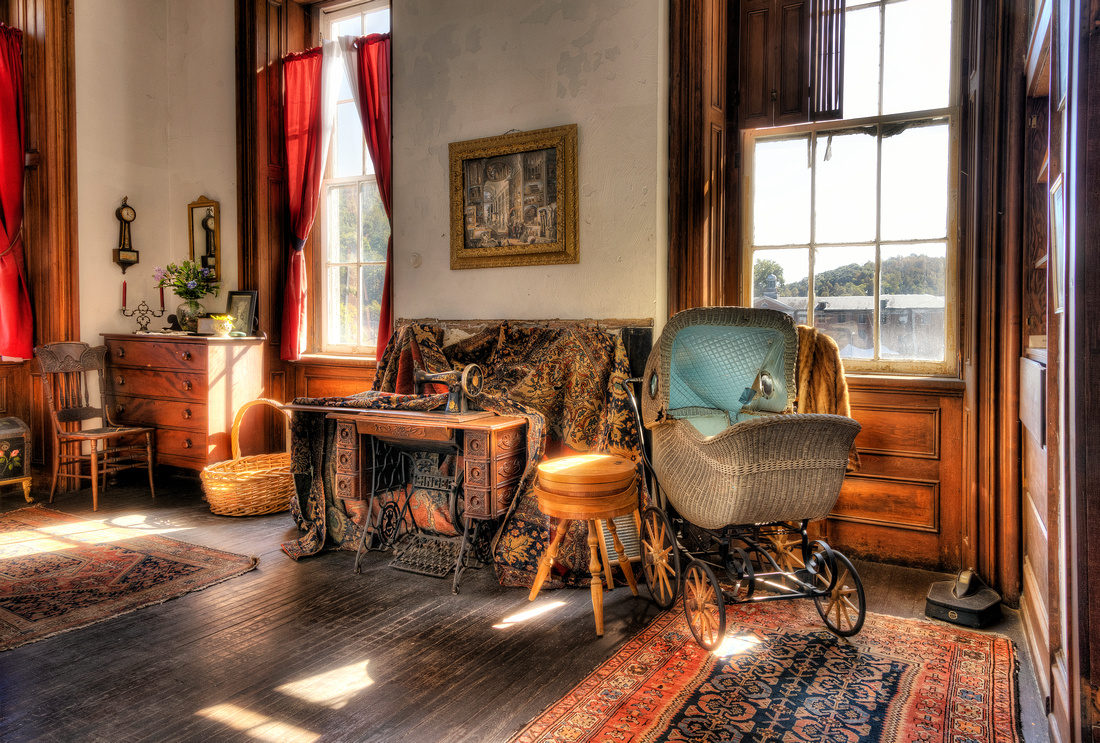



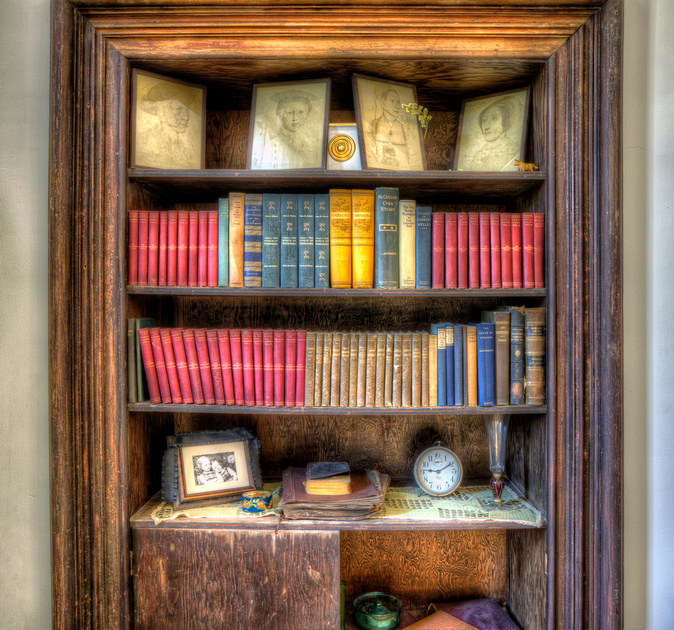

During the 1940s and 1950s the prefrontal lobotomy was performed on more than 40,000 patients in the United States. This gruesome procedure became known as ‘ice pick surgery’. If you like to read more about this procedure, you can here. Warning: It is not for the squeamish.
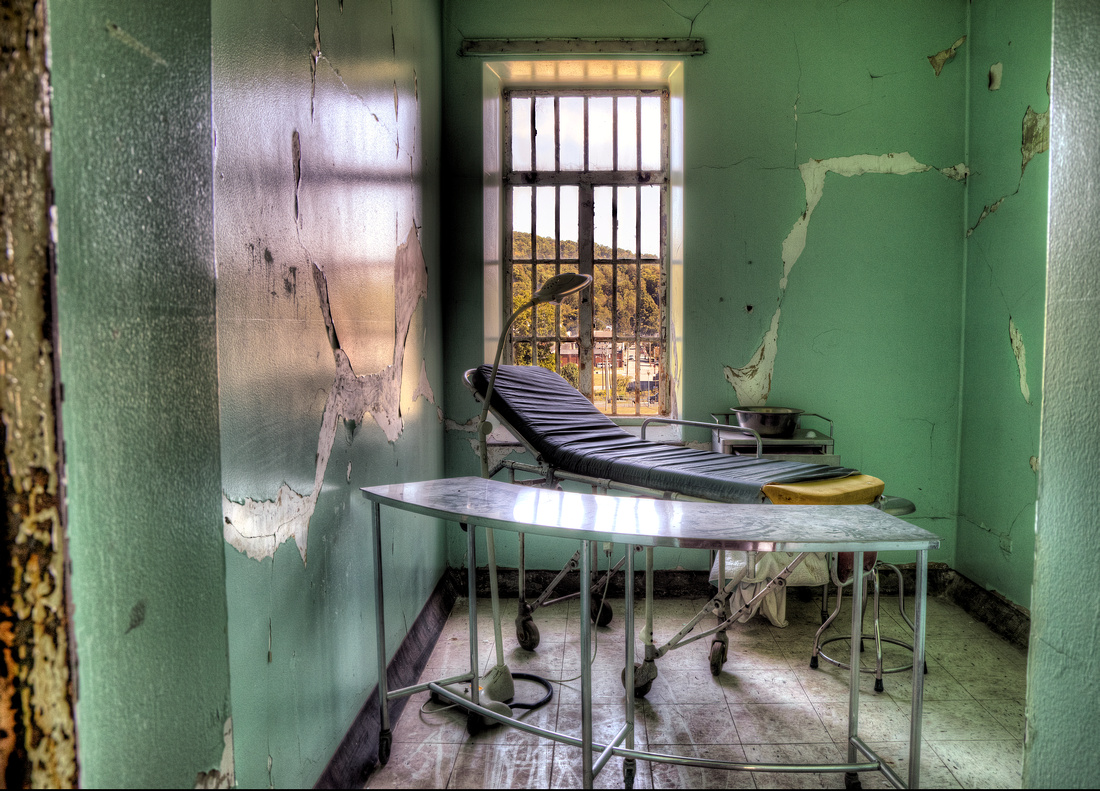

"The Doctor Will See You Now"
Dr Walter Freeman became the first doctor in the United States to perform a leucotomy. For the operating theaters in the Asylum, Freeman used the new medical building and the 3rd floor of the TB Ward. From 1948 onward Dr. Freeman operated like a ‘machine’, and by 1952 he had performed 787 lobotomies (including an astonishing 225 in a 12 day period). He could reduce an adult brain to a childlike state in less than 10 minutes. An alarming majority of these were performed on women.(2) Dr. Freeman is the subject of this biography "The Lobotomist".
The ‘ice pick’ era ended in the late 1950’s thanks to the development of psychotropic drugs which had the same effect as a lobotomy. Dr. Walter Freeman had a high-profile failure which was discredited and lost his license. He died of colon cancer in 1972 at the age of 76. Today Freeman is condemned by many as a monster.
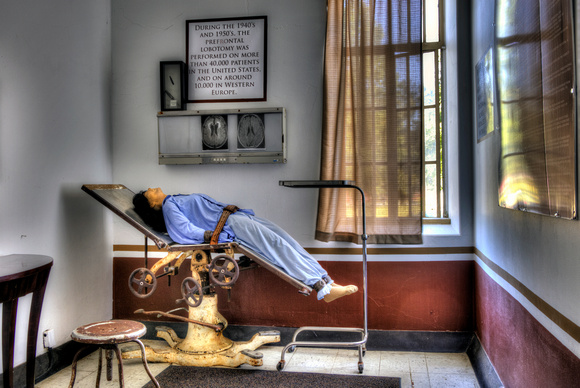

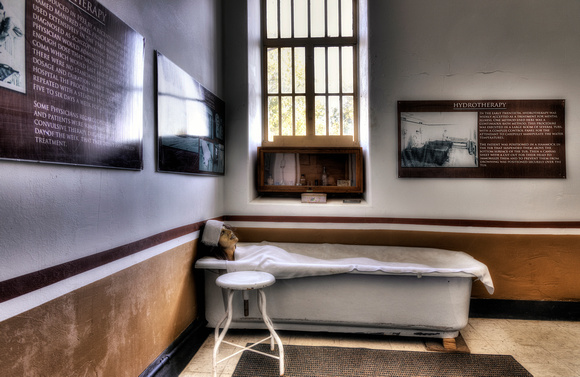

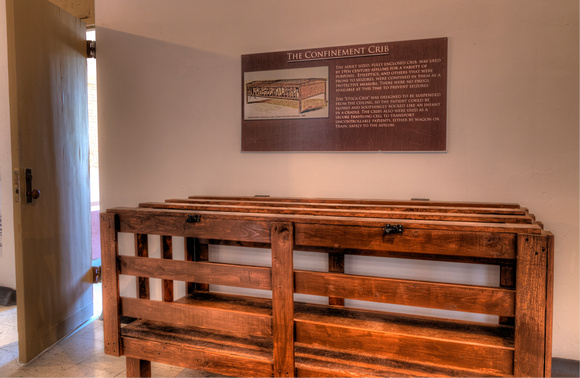

Was this 'chair' used to treat patients or to simply restrain them?
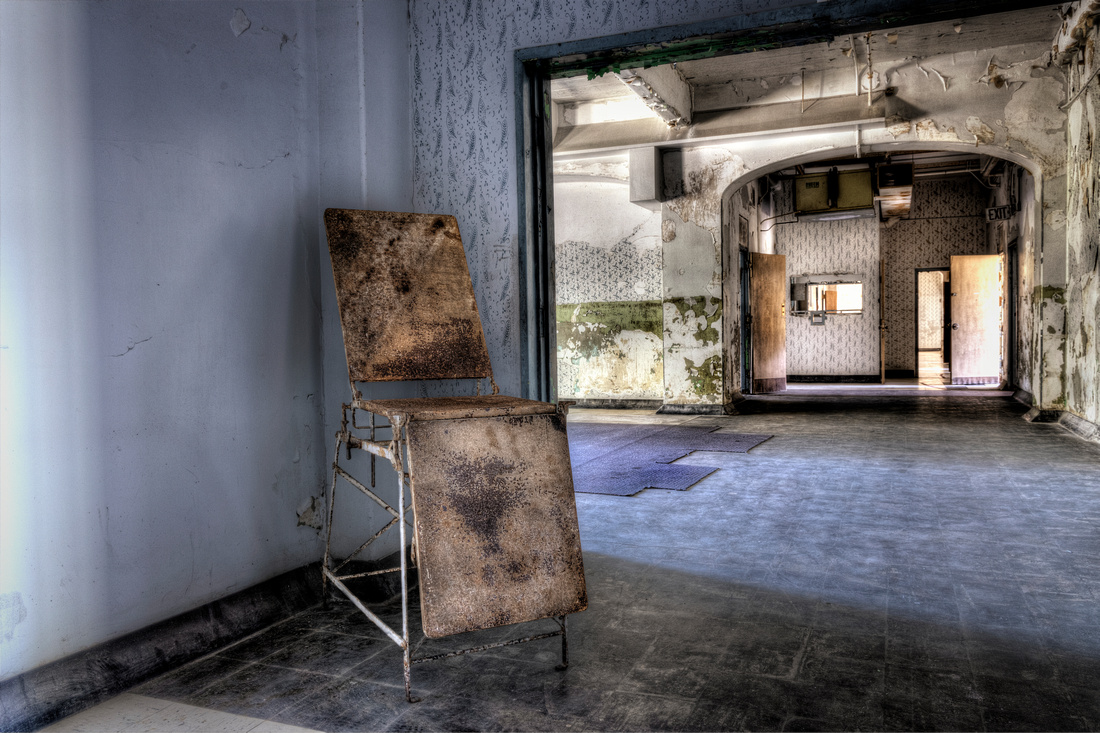

There were a few wheelchairs in these wings of the asylum. This is my favorite....
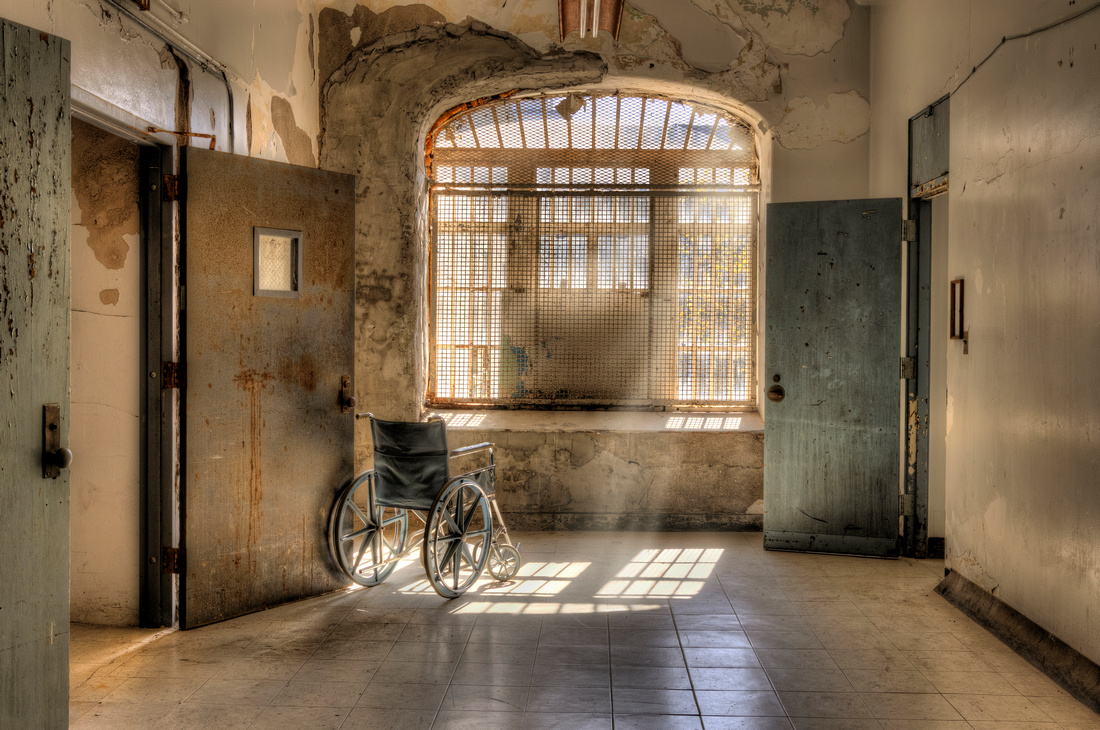
 "Lost In The Echo"
"Lost In The Echo"
"And these promises broken deep below
Each word gets lost in the echo
So one last lie I can see through
This time I finally let you go
Go, go, go"
~ Linkin Park
Throughout this whole asylum was a vast feeling of loneliness. It was actually more than that....
.....it was where desolation goes to be alone.




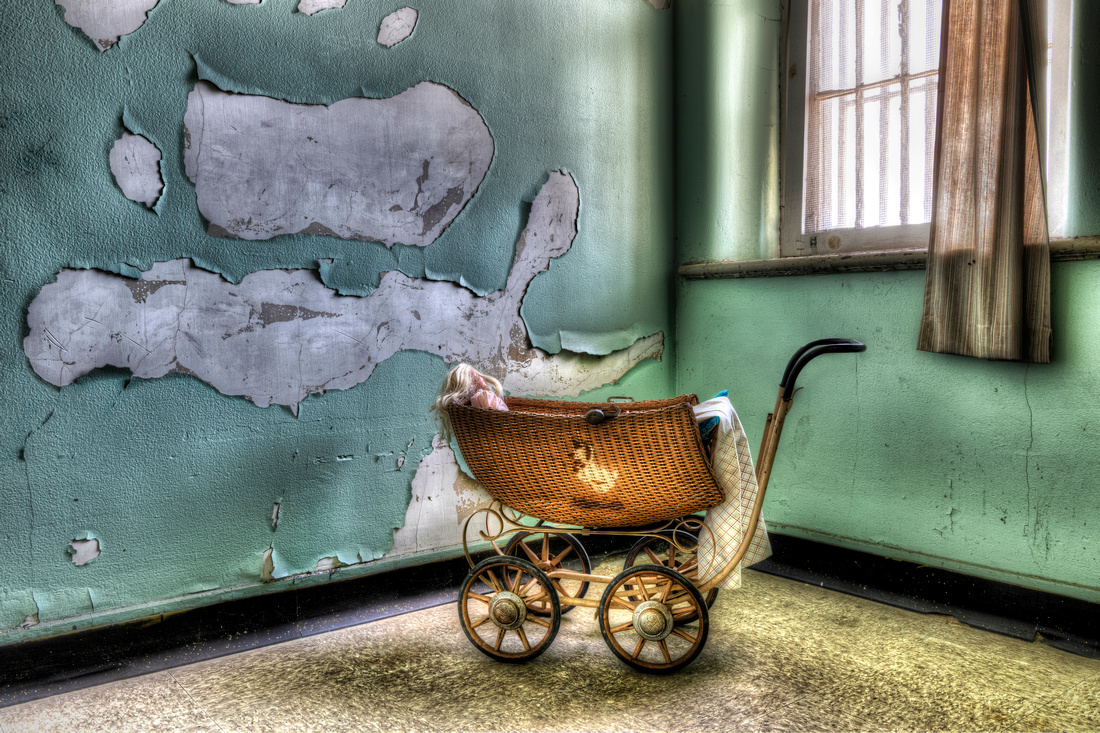

The 1950’s were the Beginning of The End of the Asylum Era as many new antipsychotic drugs were being developed. The big breakthrough came in 1954 when Chlorpromazine was introduced into the United States under the name Thorazine. It quickly became the most widely used drug in mental institutions as this pill affected the subject’s brain function by reducing delusions and hallucinations. Most notably, it drastically decreased threatening behavior. By the mid-1960s these drugs were routinely prescribed and taken on a daily basis. It was also in the sixties that great advances were made in psychiatric treatment. Carl Jung’s Analytical Psychology gained wide acceptance, along with the long overdue studies of cognitive and behavioral psychoanalysis published by the brilliant Dr. Sigmund Freud. (2)
As the new psychiatric methods and developments in pharmaceuticals took hold, the populations of the institutionalized insane began to decline nationwide. This asylum's head count, which stood at over 2500 in the early 1960’s, fell to under 2,000 by the end of the decade. By 1980 there were less than 1,000 inmates. By 1990 only a few hundred were there, mostly for rehabilitation from chronic alcohol and drug abuse. The Asylum Era was over.
In 1987 The Weston Hospital (as it was now called) was officially closed. Plans went forward for the construction of the William R. Sharpe Hospital on the rear acreage of the old farmland. Completed in 1994, it was designed for 150 patients, about what was left of the old Asylum.
Among the very last group to be transferred out was the murderer David M. Mason, whose weapon of choice was the bedpost. He spent the rest of his life at Sharpe’s, dying there in 2011.
The Asylum closed its doors forever.
Towards the end of my time there I found this art work by patients, of patients, of the Asylum. I present to you
"The Faces Of Madness"
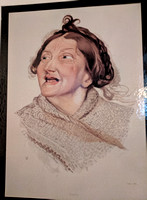





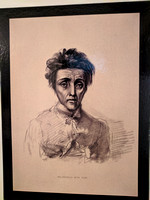

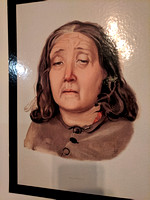

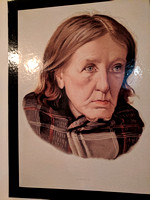

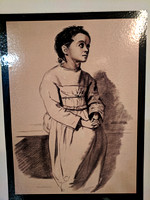

====================
My tour and photography of the asylum has stuck with me, long after I walked the grounds and long after I have edited this last photo. If I have done my job correctly, my photos should have a similar affect on you.
This is my favorite photo from the whole asylum and it was one of the last one I took this day....
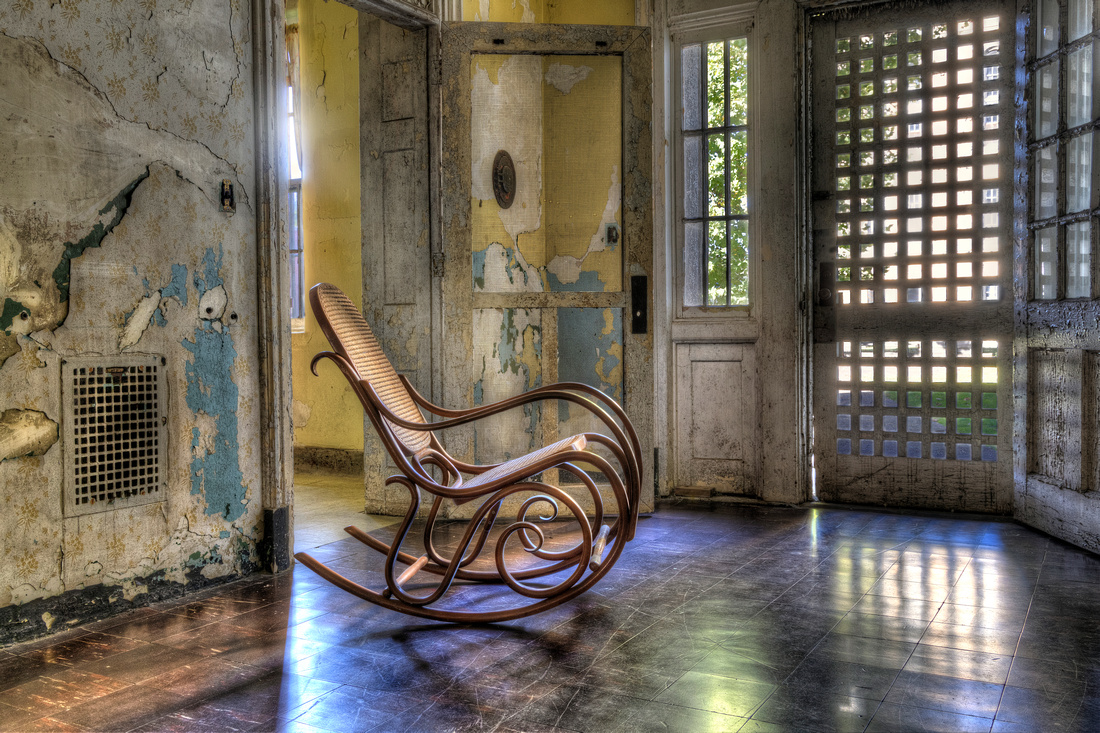

" Safety Of Disbelief "
---------------------------------
If you found my photos and these words interesting, I encourage you to visit my entire album of photos from this location and maybe own one for yourself > Trans-Allegheny Lunatic Asylum. And if you can’t get enough of the Trans-Allegheny Lunatic Asylum and would like to see it first-hand, please visit the website and book yourself a tour.
========
Sources
(1) Trans-Allegheny Official Website
(2) “Lunatic” - book by Edwars S. Gleason